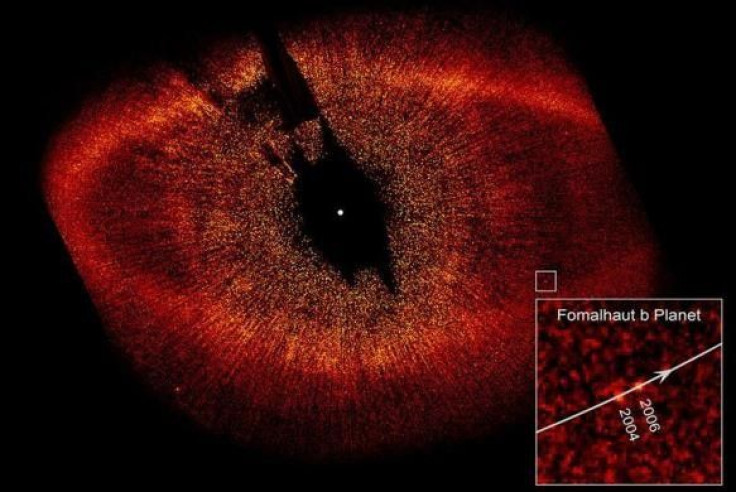Unusual Storms In Uranus Takes Scientists By Surprise

Uranus, the seventh planet from the Sun, is said to be experiencing extreme storms. Astronomers discovered this unexplained event on the planet that is usually calm.
According to National Geographic, a team of researchers from the University of California, Berkeley observed the activity with the help of the Keck Observatory in Hawaii as well as the Hubble Telescope, which are the two most powerful telescopes in the world. The researchers found unusually bright cloud activity in the planet. The activity was spotted in the upper atmosphere of Uranus, a distance of about 3 billion kilometres away from the sun.
The team of researchers spotted eight storms in a matter of just two days on Aug 5 and 6. One of the storms that was observed is now said to be the brightest that was ever been seen in Uranus. The amount of reflected light that came from the planet accounted to 30 percent of the total reflected light.
On Oct 24, many storms that went to a distance of more than 9,000 kilometres was spotted at various altitudes by the researchers. The storms were said to have taken place above the methane-laden part of the atmosphere. That part of Uranus has atmospheric pressures which is half of the atmospheric pressure on Earth.
The storms were a complete surprise for the scientists. During the December 2007 Uranian equinox, forecasters had said that the activity in Uranus would be at a peak. Astronomers believe that the activities in Uranus could be taking place because of sunlight as there is no internal heat source for the sun. Also, since the northern hemisphere has turned away from the sun, the astronomers expected the heating effect to disappear, but it hasn't happened.
The team leader of the study from the University of California, Berkeley, Imke de Pater, said during a meeting of the American Astronomical Society's Division for Planetary Sciences that there was a lot of activity in Uranus's atmosphere, and they had no idea why. He continued that predictions showed that it should have faded away but that hadn't happened. His team hoped that the theorists will look into the mystery and figure out what was going on in the planet.






